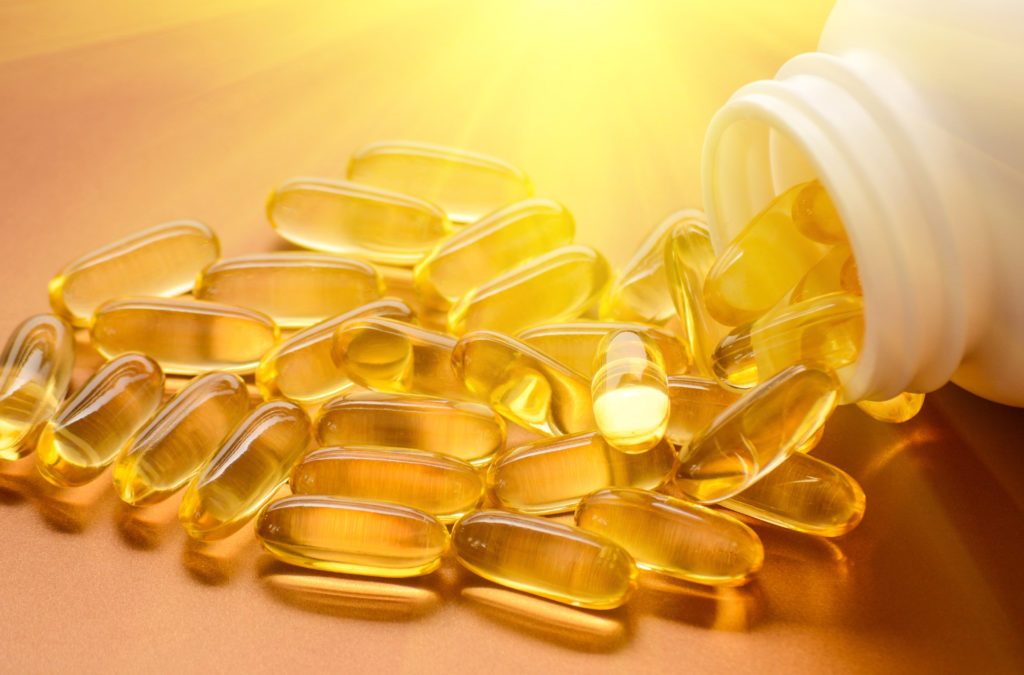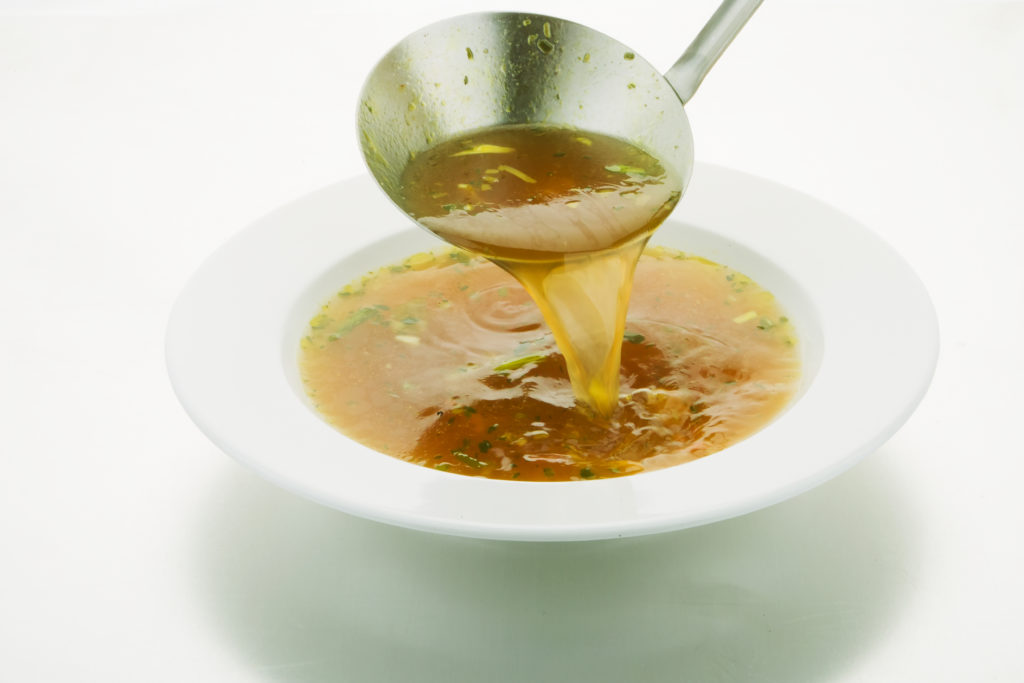December 22, 2021
Author: Angela Trotter, M.S., CNS, AFMCP, Clinical Functional Nutritionist

Winter has arrived, and with winter comes…DRY AIR! With less humidity in the air, this can leave our skin feeling dry, flakey, and irritated. So as we are entering the winter months, what are some ways we can support our internal, and external environment to best support our skin?
When we look at the structure of the skin it consists of several layers – the upper layer known as the epidermis; a middle internal layer known as the dermis; and the lower layer the hypodermis. The epidermis plays a role in behaving as a protective barrier – keeping chemicals and bacteria at bay, while also protecting against the environmental elements (sun exposure, dry air in winter months), keeping moisture in, and regenerating new skin cells.
The dermis makes up 90% of the skin’s thickness and consists of collagen and elastin which keep the skin cells strong, and flexible. The dermis is also where oils are produced, along with our sweat glands that release sweat through the pores. The lower layer, the hypodermis, is considered the fatty layer. The hypodermis cushions our muscles and bones, connects layers of skin to muscle and bone (connective tissues) and also plays a role in regulating body temperature.
When thinking about the health of our skin, just as the structure of our skin has several layers, effectively supporting our skin is also layered– we want to support both the internal environment (nutrition and therapeutic foods) and external environment by implementing topical support to the skin to serve as an additional barrier of protection.

Internal Support
The skin really does give us a glimpse of what imbalances may be occurring internally, as we often see imbalances within the body like gastrointestinal imbalances, hormonal imbalances, food allergies/sensitivities, and stress.
So what are some ways we can start supporting our internal environment to protect our skin overall?
Remove Inflamatory Foods
- Sugar is one of the biggest components of inflammation, slowly reducing overall intake of sugar can reduce inflammation in the body, and greatly support the health of the skin.
- Food allergies and sensitivities are also shown to create inflammation in the body. Discovering if there are specific food allergies, sensitivities, or intolerances that may be creating inflammation for you can greatly reduce inflammation in the body. Working with someone to address what those may be for you, and devising a plan to heal necessary imbalances can reduce overall inflammation in the body.
Support the Health of the Gut
- We know the gut and the skin have an intimate relationship, addressing any gut imbalance will also support the health of the gut.
- Supporting the growth of beneficial bacteria in the gut microbiome via increased intake of vegetable fibers, and vegetable diversity. We know it is these fibers that feed our healthy gut bacteria and keep the health of our gut ecosystem balanced.
- Be mindful of gluten. Not that everyone needs to remove gluten, but we do know the impact gluten can have on the health of the gut, temporary removal (3 months) can determine whether or not gluten is playing a role in inflammation, and therefore skin imbalances for you.
- Implementing fermented foods (if well tolerated) can also be a great way to support the gut microbiome, probiotic supplementation is also an option.

Nourish with Healthy Fats
- Getting adequate omega 3 intake will be necessary to support the lipid layers of the skin, while also providing phospholipid support which are necessary for providing a barrier for the skin – both hydrating and assisting the skin for repair. We can find this combination in things like krill oil – where the omega 3s are bound to phospholipids.
- Getting adequate intake of healthy nutritional fats like wild caught Alaskan salmon, and avocado are additional nutritional options.

Support Collagen
- Since the dermis consists of about 70% collagen, ensuring adequate intake of collagen will be essential to maintaining the health of the skin. Collagen consists of the amino acids – glycine, proline and hydroxyproline – all of which are the building blocks to cartilage, bones, blood vessels, tendons, and skin. Adding collagen to your daily smoothie can provide adequate collagen support to keep the elasticity of the skin healthy, and keeping the skin youthful.
- One way to get more collagen in the diet is with bone broth. Bone broth is an excellent therapeutic food that can be sipped on throughout the day, or added to recipes to provide an excellent source of collagen.

These are some great ways to start supporting your body to better support the health of your skin. Other factors to consider, that are unique for each individual, would be specific nutrient deficiencies, hormonal imbalances, and stress. We know that the peripheral HPA Axis, which is activated during stress, can play a role in the expression of atopic dermatitis, acne, and skin aging.
External Support

During the winter months, when the air is extra dry and we are blasting our heaters at home, it may be wise to be mindful of what topical treatments we may be using that may be further drying to the skin. If you experience dry skin on your face things like oil cleansers may be a good option to implement in the winter months. Oil cleansing can still be beneficial for those with acne-prone skin as well.
For additional skin moisture support, you can implement your own cold-pressed oils at home, or find some non-toxic suggestions from the Environmental Working Group https://www.ewg.org/skindeep/ Some common cold-pressed oils and butters can include rosehip oil, sweet almond oil, cocoa butter, shea butter, and beeswax. Shea butter is an excellent one for locking in the moisture barrier. If you may be out in the winter elements, applying a small amount to the face can prevent windburn.
Another way to care for your skin in the home is to run a humidifier to provide some moisture to the air, especially if running the heater.
Our skin is a precious protector that is exposed to so many elements, and stressors. There are ways we can support the health of our skin by implementing some of the suggestions here, however, if you have exhausted all your options and are still not seeing the results you would like, it is possible there is a specific underlying imbalance contributing to your skin imbalances. Contact us for support We would be happy to support you further if needed!
Author: Angela Trotter, M.S., CNS, AFMCP, Angela is our Clinical Functional Nutritionist and specializes in women’s health, gut health, and hormonal balance.
*Please Note: The information provided on or through this website or blog is for educational and informational purposes only and solely as a self-help tool for your own use. Engaging with this material does not constitute a client/therapist relationship*

Comments